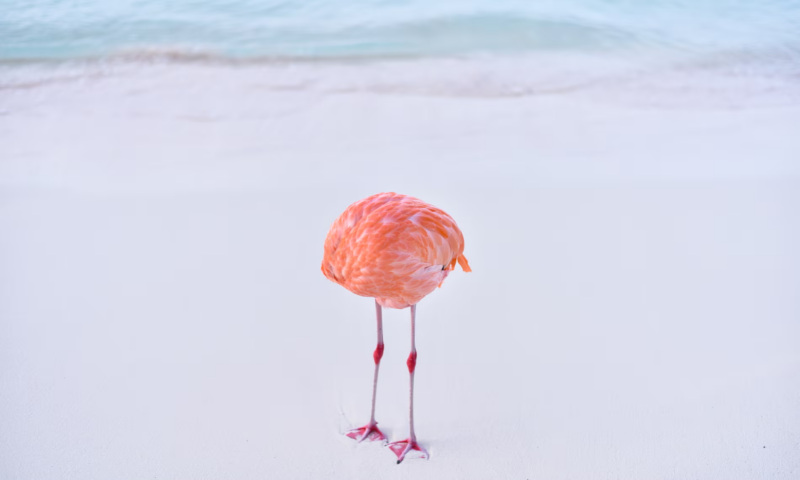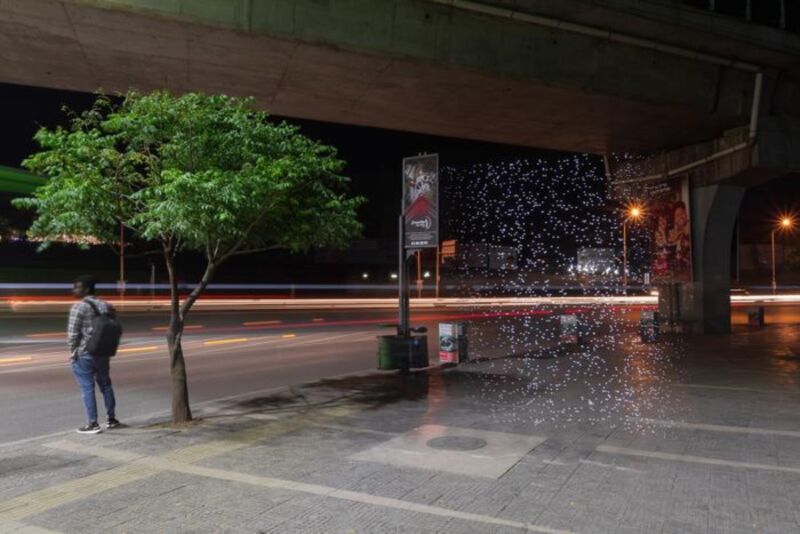Roger Mayne review – destitute kids running wild in the battered, bombed-out city
Courtauld Gallery, London
‘Take our picture, mister!’ they shouted at Mayne, who not only captured children on the streets of postwar London, but helped turn photography into an art form
In its 92-year history, the Courtauld Gallery in London has never acquired or exhibited photography – until now. Its inaugural exhibition is Roger Mayne: Youth, devoted to some 60 works by the self-taught British photographer best known for his documents of working-class children on the poor and battered streets of postwar London.
When trying to open up programmes to new audiences, photography is a natural step for any institution that has previously ignored the medium. Mayne seems a safe choice for a gallery known mostly for its collection of impressionist and post-impressionist paintings, one its usual audiences might not balk at. They might compare Mayne’s populated group shots to impressionism’s busy scenes of people at leisure. Even the ideas of the impressionists somewhat inform Mayne’s approach to documentary photography – the notion that there is a difference between what is in front of you and what you see.
Continue reading...© Photograph: © Roger Mayne Archive / Mary Evans Picture Library
© Photograph: © Roger Mayne Archive / Mary Evans Picture Library


